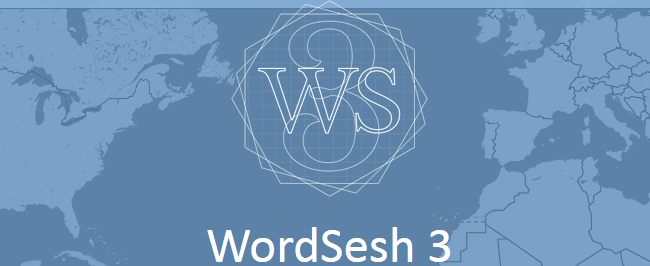WordSesh 3 attracted more than 3,000 unique viewers from 89 countries. This equates to nearly three times the amount of people who attended WordCamp Europe 2014. With so many people interacting with the WordSesh site and 24 hours of live video sessions, it’s imperative that a webhost be able to deliver great performance. For the third annual event, Scott Basgaard partnered with SiteGround.
In a post published on the company blog, SiteGround employee Hristo Pandjarov explains how they were able to hand the traffic load and keep the site online. The post is filled with geeky terminology and provides a glimpse into what it takes to host a mission critical site. The company used Linux Containers, built redundant infrastructure from the start, utilized dynamic caching, and more.
Since we didn’t want to risk any downtime with WordSesh, we opted for a hosting technology that we love for its almost unlimited ability to scale on the fly without downtime – the Linux containers. Using containers gave us the peace of mind that no matter what happens we will be able to add more resources both vertically and horizontally to each part of the infrastructure we built for WordSesh. At any moment, we had people on duty ready to add more resources or face any other potential issues.
Although I don’t understand many of the technologies involved, the end result is that the WordSesh 3 site stayed online throughout the entire event. I didn’t encounter any errors or experience problems watching sessions live. If you experienced problems accessing the WordSesh site during the event, let us know in the comments.
